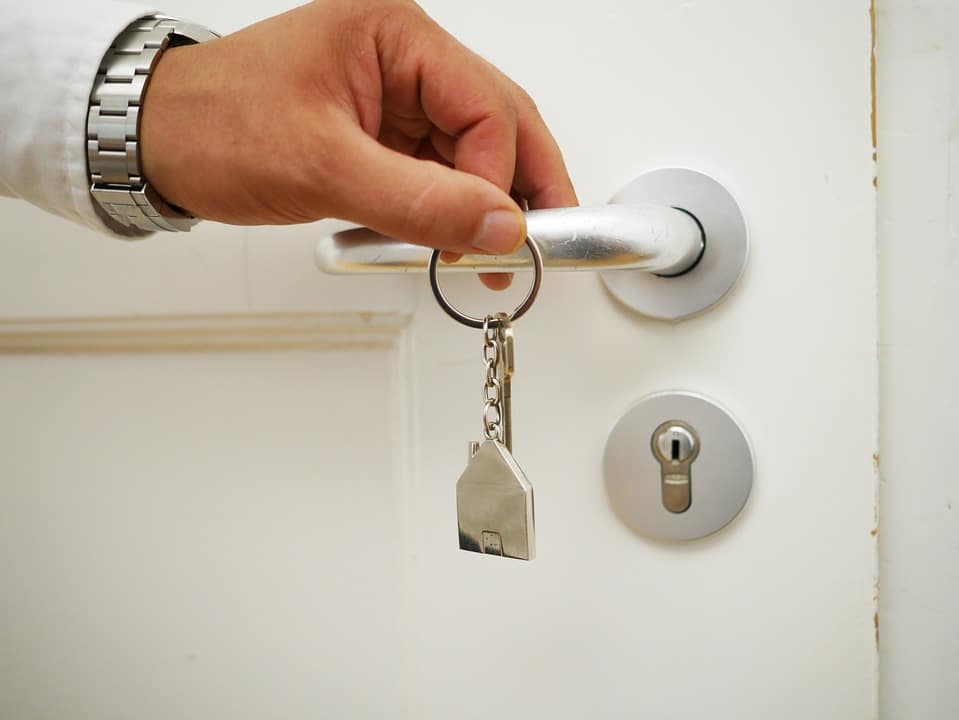Selling your home can be a stressful process, but with the right staging techniques, you can significantly increase your chances of a quick and profitable sale. Staging isn’t just about making your home look pretty; it’s about creating an environment that appeals to potential buyers and helps them envision themselves living there.
Why is Staging Important?
First impressions matter. Staged homes often:
- Sell faster than non-staged homes.
- Fetch higher offers.
- Stand out from the competition in a crowded market.
- Create a positive emotional connection with buyers.
Essential Staging Tips
Declutter and Depersonalize: Remove excess furniture, personal photos, and anything that makes the home feel too specific to your taste. Buyers need to see themselves in the space.
Deep Clean: A sparkling clean home is essential. Pay attention to floors, windows, bathrooms, and kitchens. Consider hiring a professional cleaning service.
Neutralize the Color Palette: Repaint walls in neutral colors like beige, gray, or white. These colors appeal to a wider range of tastes.
Rearrange Furniture: Optimize the flow of each room. Create conversation areas and ensure furniture doesn’t block pathways. Consider renting furniture if your current pieces are outdated or too large for the space.
Highlight Key Features: Showcase the best aspects of your home, such as a fireplace, large windows, or updated appliances.
Add Touches of Warmth and Comfort: Introduce soft textures, fresh flowers, and strategically placed lighting to create a welcoming atmosphere.
Don’t Forget Curb Appeal: Make a good first impression by tending to your lawn, planting flowers, and ensuring the exterior is clean and well-maintained.
Pay Attention to Details: Small details can make a big difference. Replace outdated hardware, fix any minor repairs, and ensure all lightbulbs are working.
Room-by-Room Staging Checklist
Living Room:
- Arrange furniture to create a comfortable and inviting conversation area.
- Add throw pillows and blankets for a pop of color and texture.
- Ensure adequate lighting, including natural light and ambient lighting.
Kitchen:
- Clean appliances thoroughly and ensure they are in good working order.
- Clear countertops and display a few decorative items.
- Organize cabinets and pantry.
Bedrooms:
- Make beds with fresh linens and decorative pillows.
- Remove clutter from nightstands and dressers.
- Create a relaxing and inviting atmosphere.
Bathrooms:
- Clean all surfaces, including toilets, sinks, and showers.
- Replace old towels and bath mats with new ones.
- Add a few decorative touches, such as a vase of flowers or a scented candle.
When to Hire a Professional Stager
While DIY staging can be effective, sometimes it’s best to bring in a professional. Consider hiring a stager if:
- You’re short on time or overwhelmed by the process.
- You’re struggling to see your home objectively.
- Your home has unique challenges or requires significant updates.
- You want to maximize your home‘s selling potential.

